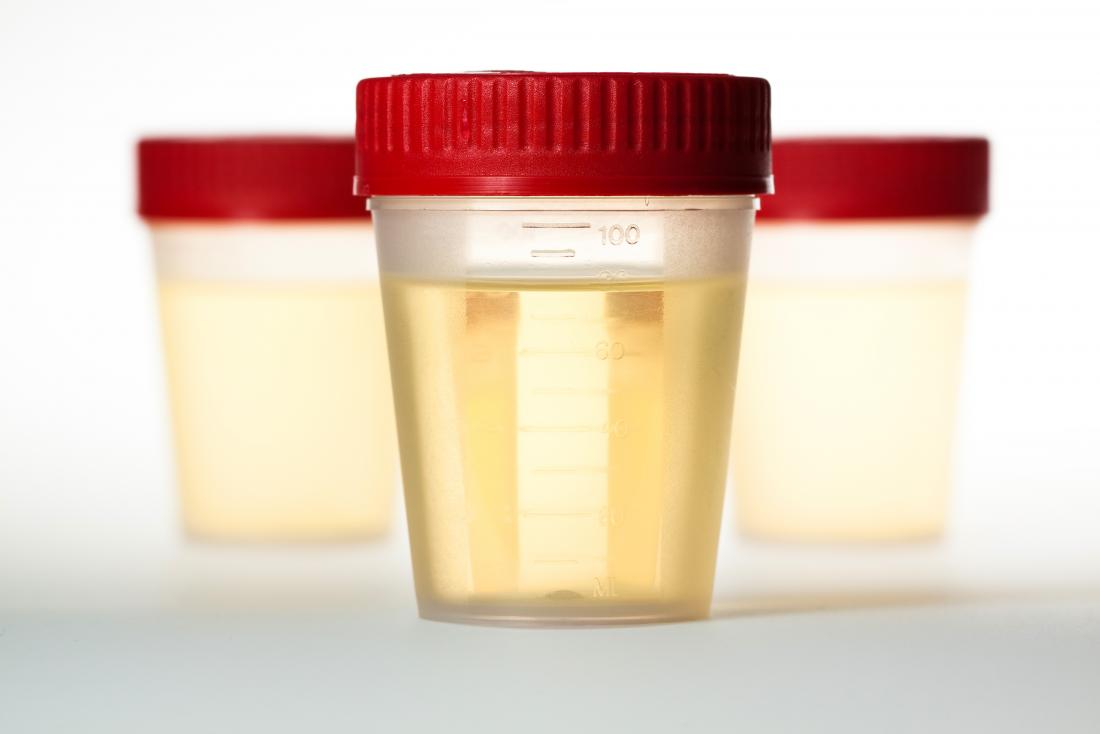My Report Says, Nitrite in urine

Nitrite in urine is a common medical condition that can be caused by a variety of factors. One of the tests used to detect nitrite…
Nitrite in urine is a common medical condition that can be caused by a variety of factors. One of the tests used to detect nitrite in urine is the nitrate reduction test. This test is commonly used in microbiology to identify bacteria that can reduce nitrate to nitrite.
The nitrate reduction test is performed for UTI by inoculating a nitrate broth with a bacterial culture and incubating it for 24-48 hours. After incubation, a small amount of sulfanilic acid and alpha-naphthylamine are added to the broth. If nitrite is present, it will react with the sulfanilic acid and alpha-naphthylamine to produce a red color.
The nitrate reduction test is useful in identifying bacteria that can reduce nitrate to nitrite, such as E. coli. A positive result indicates that the bacteria have the ability to reduce nitrate to nitrite, while a negative result indicates that the bacteria do not have this ability.
The nitrate reduction test aims to differentiate between different bacterial species based on their ability to reduce nitrate. The test is also used to identify bacteria that can use nitrate as an electron acceptor during anaerobic respiration.
The reagents used in the nitrate reduction test are sulfanilic acid and alpha-naphthylamine. These reagents react with nitrite to produce a red color.
In conclusion, the nitrate reduction test is an important tool in microbiology for identifying bacteria that can reduce nitrate to nitrite. The test is useful in differentiating between different bacterial species and identifying bacteria that can use nitrate as an electron acceptor during anaerobic respiration.







One Comment